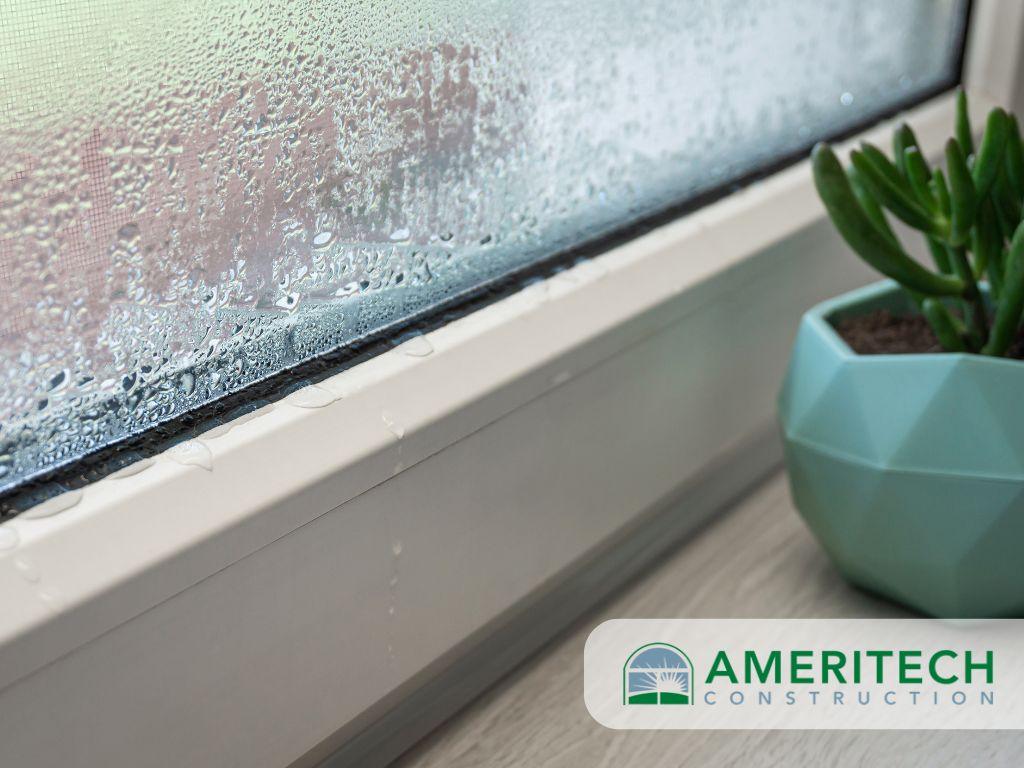Window Ratings and Certifications: How Do They Affect Your Home’s Energy Efficiency?
When it comes to improving your home’s energy efficiency, the windows you choose play a vital role. With the right window ratings and certifications, you can significantly reduce energy costs while ensuring your home remains comfortable year-round.
In this blog post, we’ll explain how window ratings and certifications impact your home’s energy performance and what to consider when selecting replacement windows.
What are the Ratings on Windows?
Window ratings explained include several performance factors that assess how well a window can prevent heat transfer, maintain natural light, and limit air leakage.
Organizations like the National Fenestration Rating Council (NFRC) provide a standardized method for rating the energy efficiency of replacement windows. The key ratings include U factor, E factor, solar heat gain coefficient (SHGC), and visible transmittance (VT).
These ratings help homeowners understand how windows perform in different climate zones, how much solar heat enters the home, and how much visible light is transmitted through the window assembly.
When replacing windows, it’s important to consider the entire window system, including the window frames, glazing, and spacers, to ensure optimal energy efficiency.
What is a Good U Rating for a Window?
The U factor measures how well a window prevents heat from escaping your home. Lower U factor ratings (between 0.20 and 1.20) indicate better insulation.
In cold climates, energy efficient windows with a low U factor are critical for keeping the heat inside and reducing heating costs.
If you’re installing double pane windows, bay windows, or garden windows, ensure that they have a good U factor to maximize energy savings.
For hot climates, energy star windows with a low U factor can also keep your home cooler by limiting heat gain.
What is a Good E Rating for a Window?
The E rating, or low e rating, refers to the window’s ability to reflect UV rays and infrared light. Windows with a good low e rating typically range from 0.25 to 0.35, which helps reflect the sun’s heat and improve energy performance.
Using triple pane glass with low e coatings in casement windows or fixed windows ensures better temperature regulation, preventing excessive heat from entering your home during the summer and reducing the need for artificial heating during the winter.
Solar Heat Gain Coefficient (SHGC)
The solar heat gain coefficient (SHGC) measures the amount of solar radiation that passes through the window and heats your home.
A lower SHGC (between 0.25 and 0.40) means less solar heat enters, which is ideal for homes in warmer climates. In contrast, homes in cold climates benefit from a higher SHGC, as it allows more solar heat to enter, reducing heating costs during the winter months.
When choosing an energy efficient window, consider the heat gain coefficient SHGC and how it matches your climate zone and energy-saving goals.
Visible Transmittance (VT)
Visible transmittance (VT) measures how much visible light transmitted through the window affects your home’s lighting.
Windows with a higher VT allow for more visible light, reducing the need for artificial lighting and helping you save money on energy bills.
Window manufacturers often prioritize VT in double hung windows, single hung windows, and awning windows to provide homeowners with maximum natural light.
However, it’s essential to balance VT with other factors like U factor and air leakage rating to ensure overall energy efficiency.
ENERGY STAR Certifications
ENERGY STAR certified windows are designed to meet strict energy star standards set by the Environmental Protection Agency (EPA) for optimal energy performance.
ENERGY STAR certification ensures the windows have been tested to provide superior insulation, limit air leakage, and reduce cooling costs.
By selecting energy star windows, you’re investing in windows that not only improve your home’s energy efficiency but also lower your carbon footprint.
The energy star program helps consumers identify high-quality windows that meet the specific needs of their climate zone.
The Best Window Ratings for Your Climate
When choosing new windows, it’s essential to match the window ratings to your climate. For hot climates, prioritize windows that save energy by blocking solar heat and maintaining a low air leakage rate.
In cold climates, look for energy efficient windows with a high condensation resistance and low U factor to keep the heat inside.
Replacement windows can all be customized with the best ratings to suit your needs. Additionally, professional installation ensures that your windows perform as expected, offering maximum energy savings and comfort.
Conclusion
Understanding window ratings and certifications is crucial to enhancing your home’s energy efficiency. With the right performance rating for solar heat, visible light, and insulation, you can choose windows that significantly reduce your energy bills while improving indoor comfort.
Ready to upgrade to energy efficient windows? Contact Ameritech Construction today for replacement windows that meet the highest energy star criteria and help you save on cooling costs year-round!







